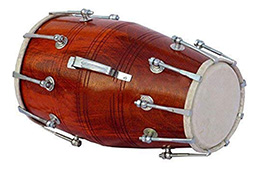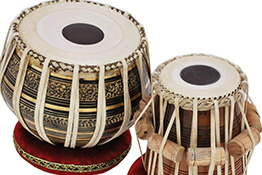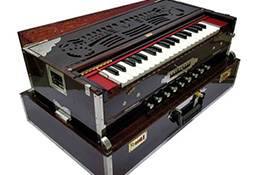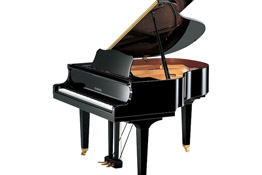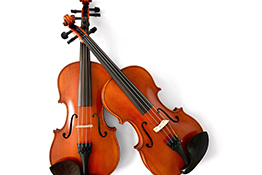
Introduction:
The violin, a musical instrument of immense beauty and expressiveness, has been captivating audiences for centuries. From its humble origins to its place as a centerpiece in classical symphonies and contemporary compositions, the violin has played a vital role in shaping the world of music. In this blog post, we embark on a journey through the fascinating history, exquisite craftsmanship, virtuosic performers, and enduring charm of the violin.
1. Origins and Evolution:
The origins of the violin can be traced back to the early 16th century in Italy. With influences from various stringed instruments of the time, master craftsmen like Andrea Amati and Antonio Stradivari perfected the design and construction of the violin. The evolution of the instrument involved improvements in tonal quality, shape, and the introduction of innovative techniques. The violin's exquisite sound and versatility quickly made it a favorite among musicians and composers.
2. Anatomy and Construction:
The violin consists of four main parts: the body, neck, pegbox, and the scroll. The body is typically crafted from different types of wood, such as spruce for the top and maple for the back and sides. The soundholes, or f-holes, contribute to the instrument's resonant sound. The neck and fingerboard provide the platform for the performer to create beautiful melodies, while the scroll adds a touch of elegance to the instrument's overall appearance.
3. The Virtuosos:
Throughout history, numerous violin virtuosos have mesmerized audiences with their extraordinary talent and impeccable technique. From legendary figures like Niccolò Paganini and Johann Sebastian Bach to modern-day maestros like Itzhak Perlman and Hilary Hahn, these virtuosos have pushed the boundaries of what is possible on the violin, showcasing its expressive capabilities and virtuosity.
4. The Repertoire:
The violin's vast repertoire spans across different genres, including classical, jazz, folk, and contemporary music. From the soaring melodies of Mozart and Beethoven to the passionate compositions of Tchaikovsky and Mendelssohn, the violin has been an integral part of countless symphonies, concertos, sonatas, and chamber music pieces. Its ability to evoke a wide range of emotions and its distinctive voice have made it a cherished instrument in the hands of composers throughout history.
5. Iconic Violins:
Some violins have achieved legendary status due to their exceptional craftsmanship and unique qualities. Among the most famous is the "Stradivarius," crafted by Antonio Stradivari in the 17th and 18th centuries. These instruments are revered for their extraordinary tonal qualities and are sought after by musicians and collectors worldwide. Each Stradivarius has its own character, lending a distinct voice to the performer.
6. The Violin in Contemporary Music:
While the violin has a strong association with classical music, it has also made its mark in contemporary and non-classical genres. Musicians like Jean-Luc Ponty and Nigel Kennedy have explored the boundaries of the instrument, fusing it with jazz, rock, and other genres, bringing a fresh perspective to the violin's capabilities and expanding its reach to broader audiences.
Conclusion:
The violin's enduring elegance, soul-stirring melodies, and unmatched versatility have secured its place as one of the most beloved musical instruments in history. From its humble beginnings to its modern-day prominence, the violin continues to enchant listeners and inspire generations of musicians. As it carries on its timeless legacy, the violin remains a symbol of artistic expression, passion, and the power of music to transcend boundaries and touch the deepest parts of our souls.
Related Posts

Reviews
-
Leave feedback about this
